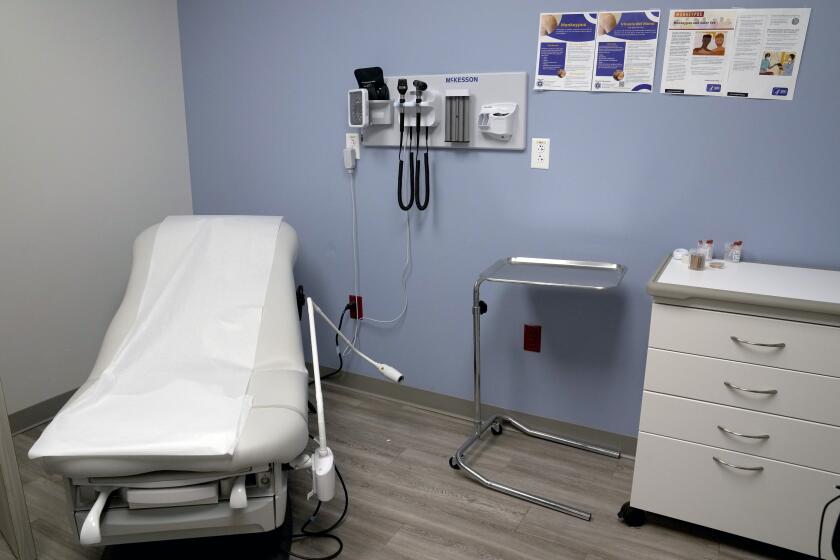New York Masons Start Spreading the News
For centuries, Masons have practiced their rituals and ceremonies under a veil of secrecy, creating an air of mystery and, at times, rousing suspicion among the uninitiated.
But now, with members getting older and enrollment dwindling, the New York Grand Lodge is going on the offensive, hiring a publicist and placing ads to recruit new members in a full-scale publicity blitz.
“Traditionally, we wouldn’t recruit people. We would wait for them to come to us. But we understand times have changed, and we have to take a new approach and lift this veil of secrecy,” said Carl Fitje, grand master of the New York State Freemasons. “Besides, the only secrets we really have any more are a few handshakes.”
To jump-start the campaign, the Masons are simplifying the procedure by which a member joins, offering a one-day class compressing the rituals that could take a year to master.
The requirements to become a Mason are relatively simple: You must be male, at least 21 years old, believe in one supreme being, have an interest in community service, and be willing to commit yourself to learning the group’s rituals and philosophy.
Fitje, a retired New York police detective, hopes the class will help the group grow by up to 5,000 members statewide.
The state organization has 65,000 members now, a mere fraction of its membership in the early 1900s.
Fitje acknowledged that some tradition-minded members have complained about watering down the rituals. “Any time you change procedure, you’re going to have some grumbling,” Fitje said. “I don’t look at this as a change of tradition, but a step into the future.”
The rituals of the Free and Accepted Masons, as the group is formally known, trace to the traditions of Europe’s stonemason guilds in the Middle Ages, said Tom Savini, head librarian at the Robert R. Livingston Masonic Library and Museum.
“Really, the secret gestures and handshakes were just a way of identifying yourself as a trained mason if you moved to a new area,” Savini said. “And a lot of those traditions have lasted until this day.”
As the groups evolved into more fraternal organizations, biblical references and religious symbolism worked their way into the traditions.
That created a backlash from some established churches, whose leaders complained that the Masons were dabbling in spiritual territory, Savini noted.
By the 18th century, Freemasons began establishing lodges in newly formed communities in the New World. They made quick headway -- 15 of the 56 signers of the Declaration of Independence and 28 of the 40 who signed the Constitution were Masons.
Along with the rise of other fraternal organizations such as the Rotary and Kiwanis Clubs, the Masons reached their greatest numbers in the early 20th century, with nearly 350,000 in New York state by 1929.
But the group’s membership declined steadily in the second half of the century, mirroring a trend seen in other fraternal organizations.
“The thing that did a lot of these organizations in was the Great Depression and the creation of a social safety net,” said Steven Bullock, a professor at Worcester Polytechnic Institute and an author of several books about Freemasons and early American history. “The rise of mass media and cars only sped up that decline because it gave people more options on how to spend their time.”
More to Read
Start your day right
Sign up for Essential California for news, features and recommendations from the L.A. Times and beyond in your inbox six days a week.
You may occasionally receive promotional content from the Los Angeles Times.





